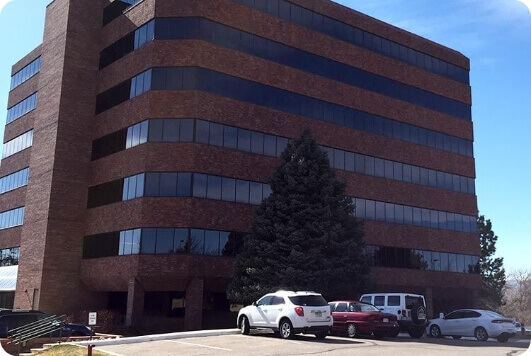The sciatic nerve runs from your lower back down to your legs. Most people who experience sciatica symptoms describe the sensation as a “shooting pain,” typically on one side of their body. Sciatica is a condition that does not always require medical treatment; however, physical therapy can help ease your pain and lessen some of your other uncomfortable symptoms. It can be difficult to know when you should seek help, but there are 3 key indicators that you may need physical therapy intervention:
1.When symptoms become more severe.
The more compressed the sciatic nerve is, the more severe your symptoms will be. Common symptoms include severe shooting pain, weakness or numbness on one side, or the inability to move your feet. It is also possible to lose control of your bladder and/or bowel functions if the sciatic nerve becomes compressed in the areas that control those functions. If you notice any of these symptoms, it is important to consult with your primary physician and physical therapist in order to discuss the best course of treatment. It is likely that they will also want to conduct additional diagnostic tests, in order to rule out any other underlying conditions.
2.When symptoms develop from a sudden injury.
When sciatica is mild, symptoms typically build up over time. They may even go away on their own. However, when sciatica symptoms develop as the result of a sudden injury (for example, a harsh fall, auto accident, or sports injury), they can become more severe. This happens because there is such an intense impact surrounding the sciatic nerve that pain can immediately become intolerable. When this happens, it is important to consult with your primary physician and physical therapist so they can analyze the extent of the damage and prescribe a treatment plan for you.
3.When home remedies stop bringing relief.
Sometimes, sciatica symptoms can be managed with home remedies. For example, sleeping with a pillow between your knees or alternating between ice and heat compresses can help alleviate some pain and stiffness. You can also find relief by sitting in a reclining chair, because they are designed to redirect the pressure from your lower back. Going for a walk or taking part in other gentle exercises can also help in getting your body moving so it doesn’t become too tight.
These are some of the most beneficial home remedies for sciatica pain management. In many cases, they can relieve your pain without further intervention – but that is not always the case. If you notice symptoms persisting despite your best efforts, it is important to seek the aid of a physical therapist. Physical therapy can provide you with the treatment you need to alleviate your aches and pains. If your symptoms worsen, be sure to consult with your primary physician.
Contact us today:
Physical therapy can act as a lifeline for those suffering from persistent or severe sciatica. Your physical therapist will teach you exercises that will help in strengthening the muscles surrounding the sciatic nerve. This will help to ease pain and prevent future injuries from occurring. Your posture and range of motion will also be improved through these treatments, helping to keep sciatica symptoms at bay.
If you are suffering from sciatica and you are looking for relief, contact us today to schedule an appointment. We’ll help get you started on a treatment plan that will help alleviate your painful sciatica flare-ups. Don’t live in pain – find relief today.



